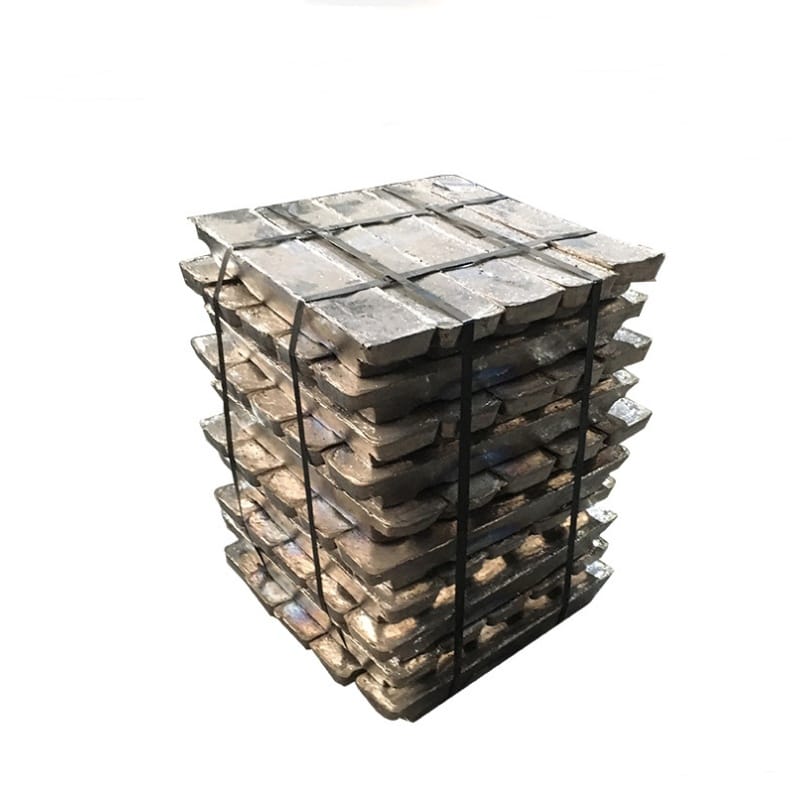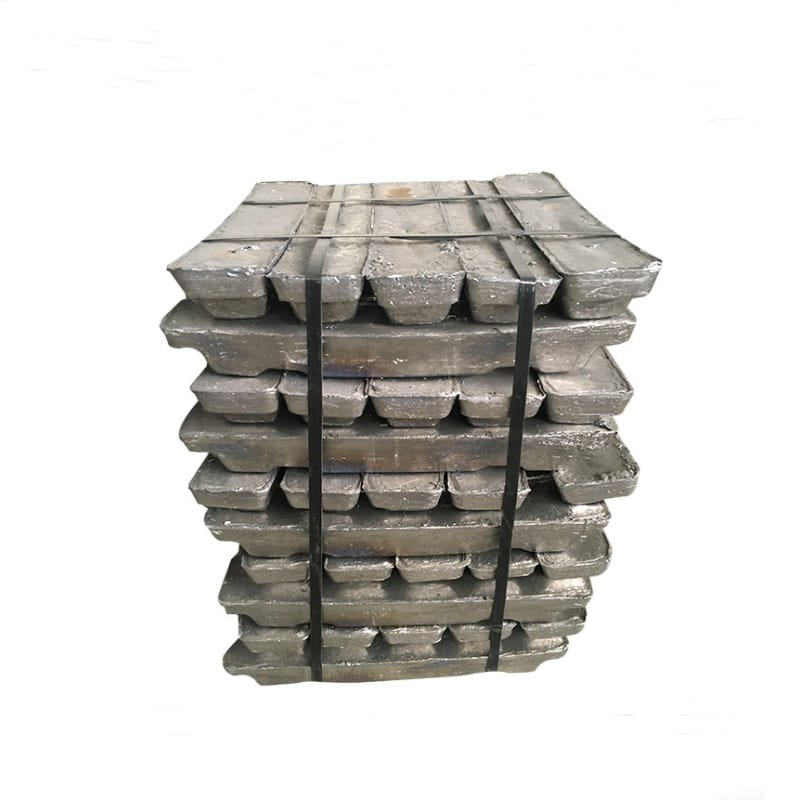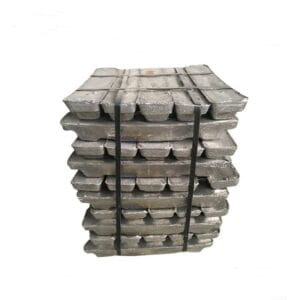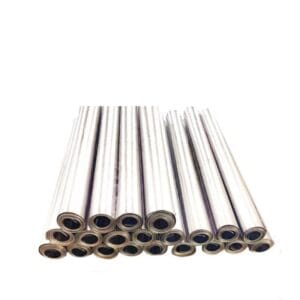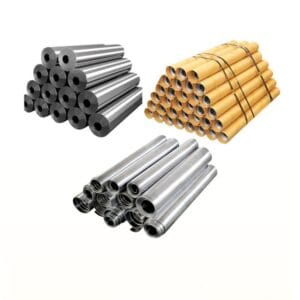Lead Ingot
Lead ingots are metal blocks made by smelting lead ore or recycling lead waste, refining and casting. Lead ingots are the main product form of lead metal. They have high density, corrosion resistance and good plasticity, and are widely used in industry, construction, battery manufacturing and other fields.
Description
Lead ingots are metal blocks made by smelting lead ore or recycling lead waste, refining and casting. Lead ingots are the main product form of lead metal. They have high density, corrosion resistance and good plasticity, and are widely used in industry, construction, battery manufacturing and other fields.
Classification of lead ingots
Classification by purity:
High-purity lead ingots: purity ≥99.99%, used in high-end fields.
Ordinary lead ingots: purity ≥99.97%, used for general industrial purposes.
Classification by use:
Lead ingots for batteries: used to make lead-acid batteries.
Lead ingots for chemical industry: used to produce lead compounds.
Lead ingots for alloys: used to make lead-based alloys.
Classification by production process:
Primary lead ingots: smelted from lead ore.
Recycled lead ingots: smelted from recycled lead waste.
Process of lead ingots
Raw material preparation:
Primary lead: extracted from lead ore (such as galena).
Recycled lead: recycled from waste lead-acid batteries, cable sheaths, etc.
Smelting:
Primary lead: Lead is extracted from ore through sintering, reduction smelting and other processes.
Recycled lead: Lead is recovered from waste materials through smelting, refining and other processes.
Refining:
Remove impurities (such as copper, antimony, arsenic, etc.) to improve the purity of lead.
Common methods: electrolytic refining, fire refining.
Casting:
The refined molten lead is poured into a mold and cooled to form a lead ingot.
Lead ingots are usually rectangular and weigh between 20-50 kg.
Inspection and packaging:
Inspect the purity, weight and appearance of the lead ingots.
Package for storage or transportation.
Characteristics of lead ingots
High density: The density of lead is 11.34 g/cm³, and it has good shielding properties.
Corrosion resistance: It has strong resistance to corrosive media such as acids and alkalis.
Good plasticity: It is easy to process into various shapes.
Low melting point: The melting point is 327.5℃, which is easy to melt and cast.
Toxicity: Lead and its compounds are harmful to the human body and need to be protected.
Uses of lead ingots
Battery manufacturing:
The main raw material of lead-acid batteries (such as car batteries, energy storage batteries).
Radiation protection:
Used in the manufacture of radiation protection equipment, such as X-ray protection walls and nuclear power plant shielding materials.
Chemical industry:
Used in the production of lead compounds, such as lead oxide, lead salts, etc.
Alloy manufacturing:
Used in the manufacture of lead-based alloys, such as solder, bearing alloys, printing alloys, etc.
Construction industry:
Used in the manufacture of waterproof materials, sound insulation materials, etc.
Cable sheath:
Used for the outer layer protection of cables to prevent corrosion and mechanical damage.
Other uses:
Used in the manufacture of bullets, fishing gear counterweights, balance blocks, etc.
Lead ingots are an important industrial metal material with high density, corrosion resistance and good plasticity. It is widely used in battery manufacturing, radiation protection, chemical industry, construction and other fields. Although lead is toxic, its unique properties make it still irreplaceable in modern industry under strict management and protection.

